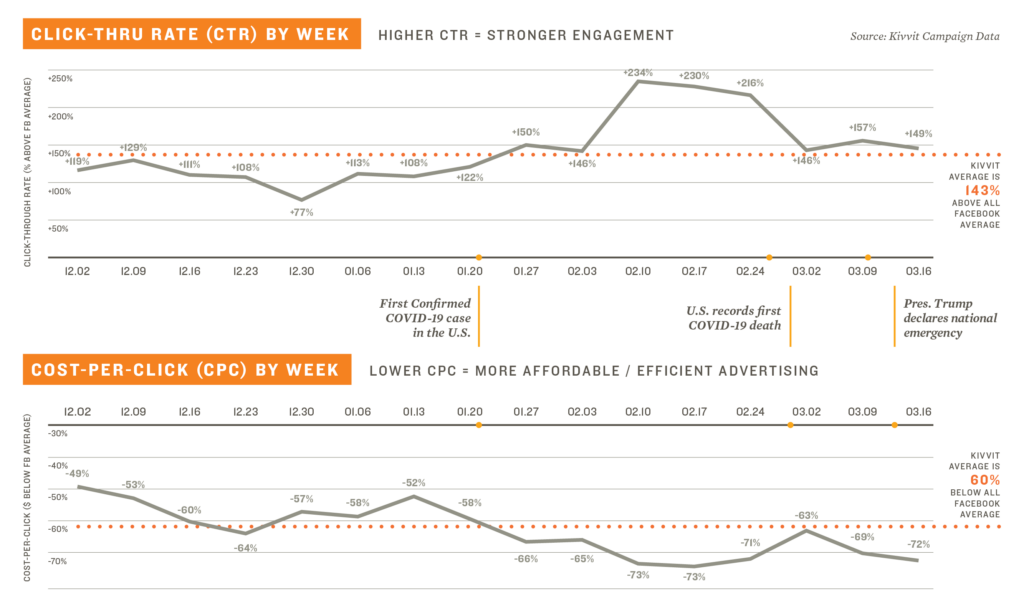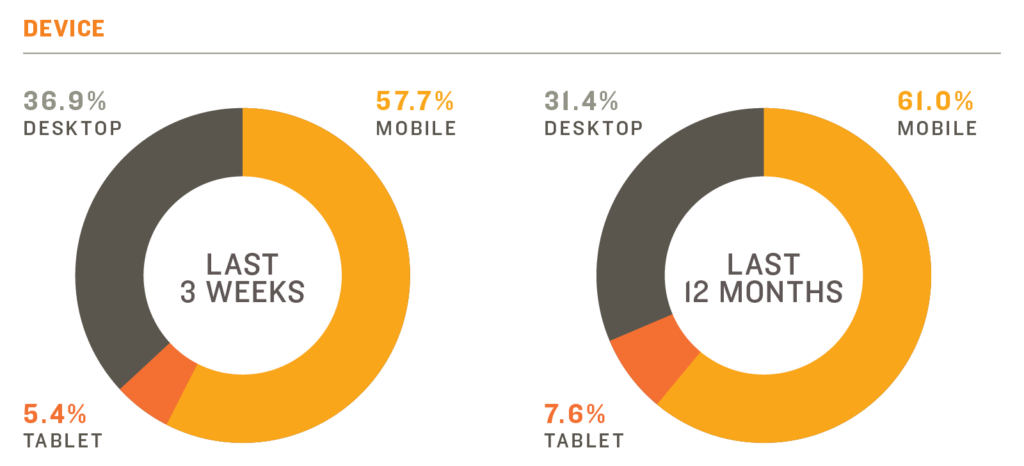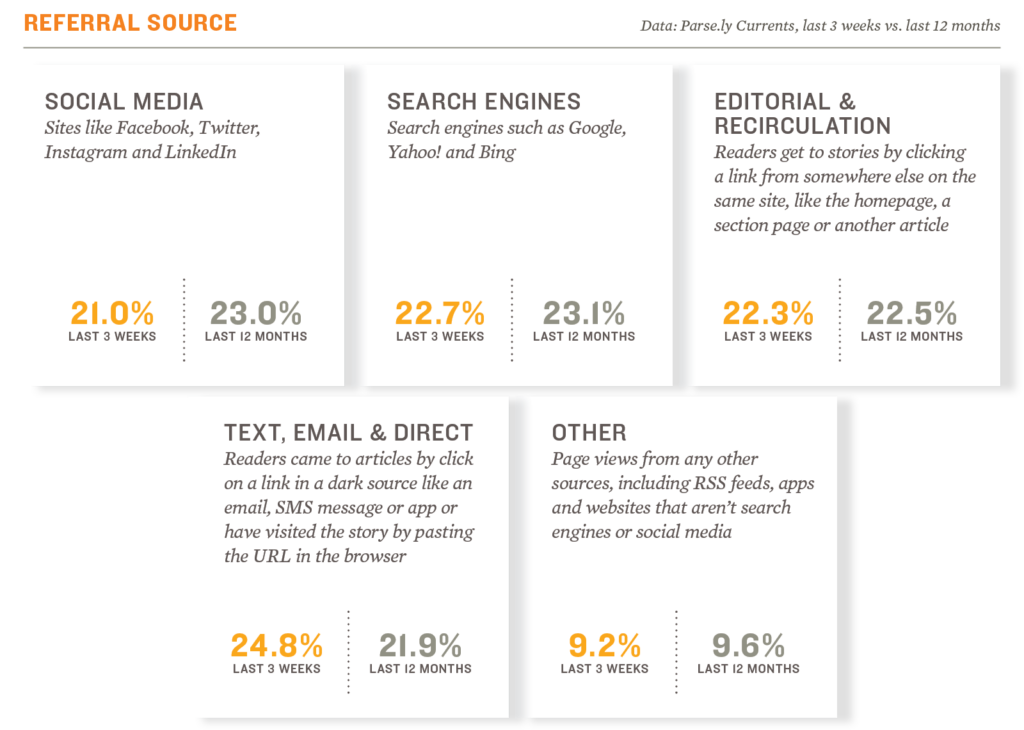4 minute read
Daily life has been upended and we can expect more change ahead, but digital advertising campaigns are demonstrating strong performance as Americans turn to digital platforms for information in record numbers.
An analysis of all Kivvit-managed Facebook campaign performance between December 1st and March 18th — collectively representing 33.28 million impressions delivered to 22.77 million people — found that campaigns have continued to outperform industry- and firm-wide benchmarks despite the dramatic changes we’ve seen since the arrival of COVID-19.
In all our campaigns, Kivvit seeks the highest possible engagement with our target audience at the lowest possible cost to the client. That is why Kivvit’s analysis is based on two fundamental measures: click-through rate (CTR) and cost-per-click (CPC). The higher the CTR, the stronger the engagement; the lower the CPC, the more affordable and efficient it is to advertise.
Average CTR and CPC has been stronger in March so far than all of December and January, underscoring that COVID-19 has not impaired digital advertising performance. Both measures also have been consistently strong across social platforms, display ads, and search engine marketing. Contributing to this performance is the fact that Americans are turning to digital platforms for news in record numbers. In fact, a Kivvit analysis of U.S. news publisher data found ONLINE READERSHIP HAS SOARED 70% IN THE LAST THREE WEEKS.

Adapting Campaigns To The Changing Digital Landscape
Although more people are glued to their digital devices, the fundamentals of advertising have not changed: content and targeting must continue to be tailored to the audiences you are trying to reach. We have identified key trends in consumption and engagement that can guide campaign optimization in this rapidly changing environment.
NEWS CONSUMPTION IS UP BUT HOW PEOPLE ACCESS INFORMATION REMAINS THE SAME
People are continuing to access news largely the same way they historically have: via mobile and across multiple channels. Two behavior changes worth noting, however, are that people are using desktop and clicking on links shared with them via text/email at a slightly higher rate than usual. This means a mobile-optimized, multi-channel approach remains the best practice for reaching audiences.


CONTENT CANNOT BE TONE DEAF
Campaign messaging and calls to action must be evaluated for relevancy. For example, Google announced on Wednesday that it is reevaluating advertising creative that depicts interactions like handshakes, hugs, and high-fives, since social distancing is an important tactic in slowing the spread of COVID-19. At the same time, campaigns seeking conversions must understand the relevancy of the call to action. Case in point: Comscore reported a spike in web traffic to online retail sites this week, while visits to travel and hospitality sites have declined outside of cancellations.
In conclusion, the dramatic increase in digital engagement in the age of COVID-19 means many awareness and branding campaigns can expect to be more effective, affordable, and efficient. We will continue to update our analysis as data becomes available.




